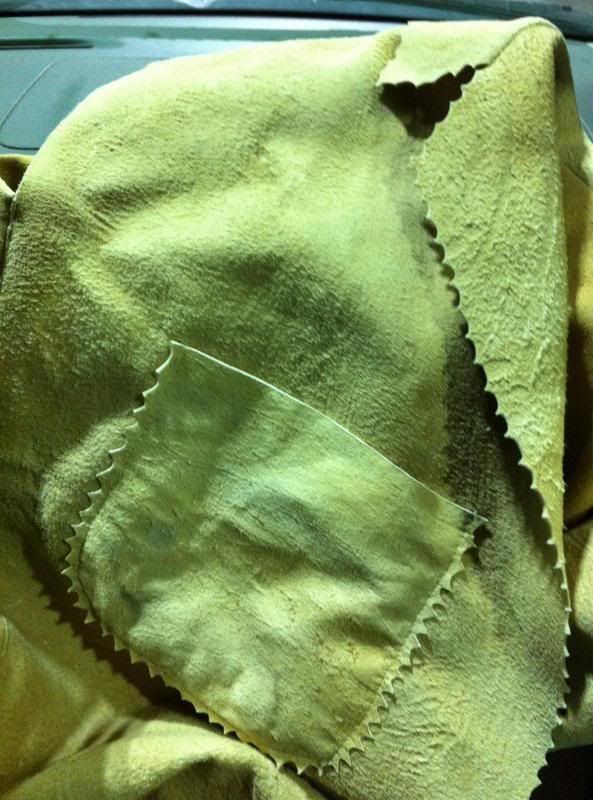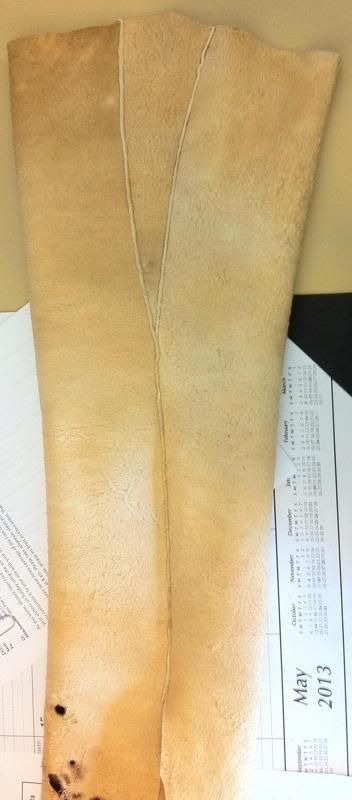arizona_brigade
32 Cal.
- Joined
- Apr 24, 2013
- Messages
- 12
- Reaction score
- 0
I am looking to make a buckskin coat. The period I looking to emulate is the 1850s in the west (TX, NM, AZ). I have read several accounts of these being used in coats and in shirt form. What I am looking to do is make a coat. Where can I find good patterns for this time period for buckskin coats. Can I just modify one using a coat pattern and hunting frock pattern and combining elements of both? I am not looking to go over the top with fringe but just trying to make a period buckskin coat of the 1850s. Characters who were in the area that wore these is John "Rip" Ford, Capt. James H Tevis, and Mose Carson (Kit Carson's Brother).
When sewing what thread and needles are typically used in making buckskin clothing? I have sewn many items for Civil War time period but never buckskin. Here is an example of what I want to make:
John "Rip" Ford in 1858 as a Texas Ranger

Capt James H Tevis (although 1880s mentions wearing buckskin shirts in his memoirs of Arizona in the 1850s. I don't this he is wearing a buckskin shirt in this image).

No Known images of Mose Carson but here is Kit Carson's coat that is thought to be machine stitched form the 1850s (this could be a good template) http://www.historycolorado.org/content/kit-carsons-coat :

Thanks for your help.
When sewing what thread and needles are typically used in making buckskin clothing? I have sewn many items for Civil War time period but never buckskin. Here is an example of what I want to make:
John "Rip" Ford in 1858 as a Texas Ranger

Capt James H Tevis (although 1880s mentions wearing buckskin shirts in his memoirs of Arizona in the 1850s. I don't this he is wearing a buckskin shirt in this image).

No Known images of Mose Carson but here is Kit Carson's coat that is thought to be machine stitched form the 1850s (this could be a good template) http://www.historycolorado.org/content/kit-carsons-coat :

Thanks for your help.
Last edited by a moderator:











